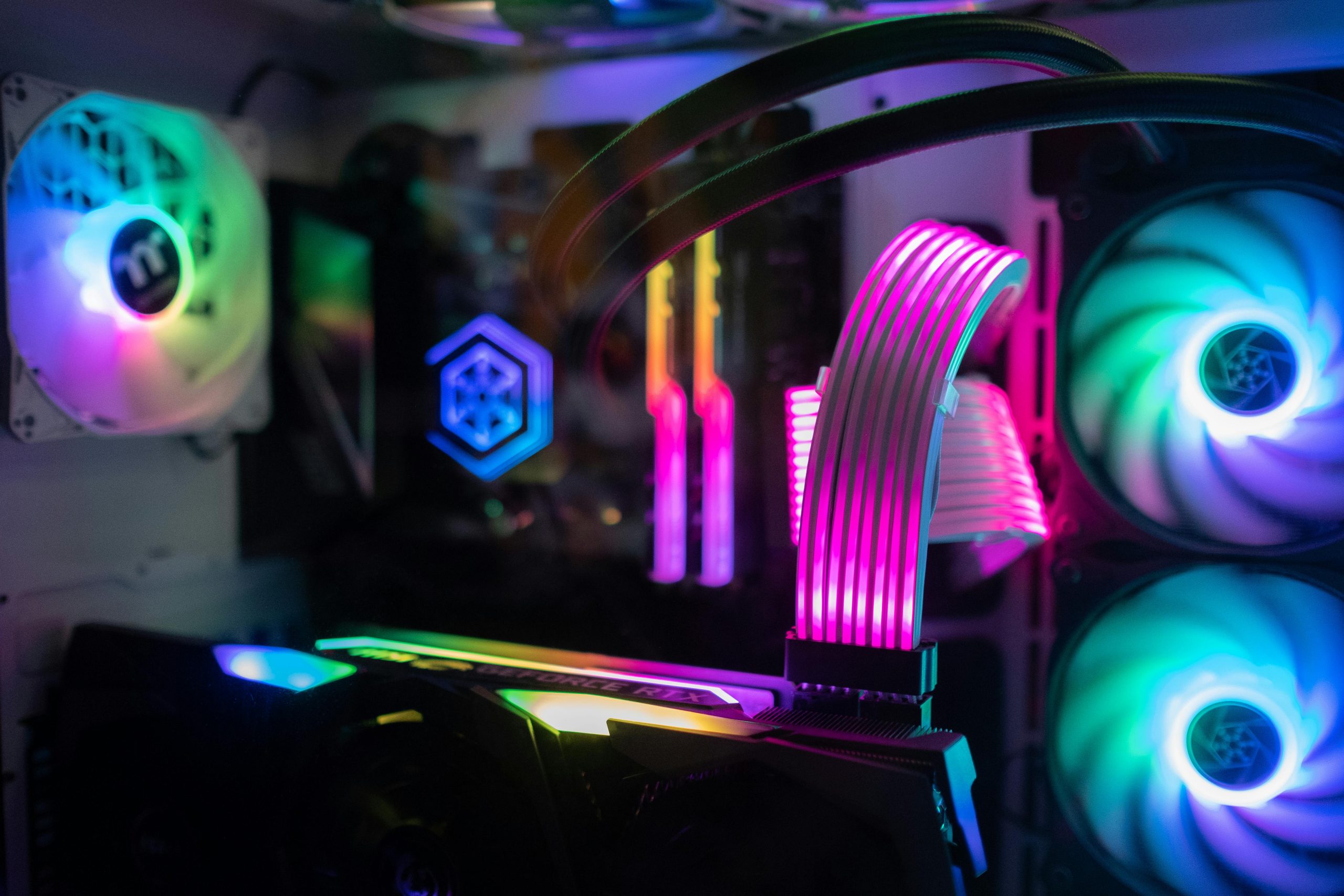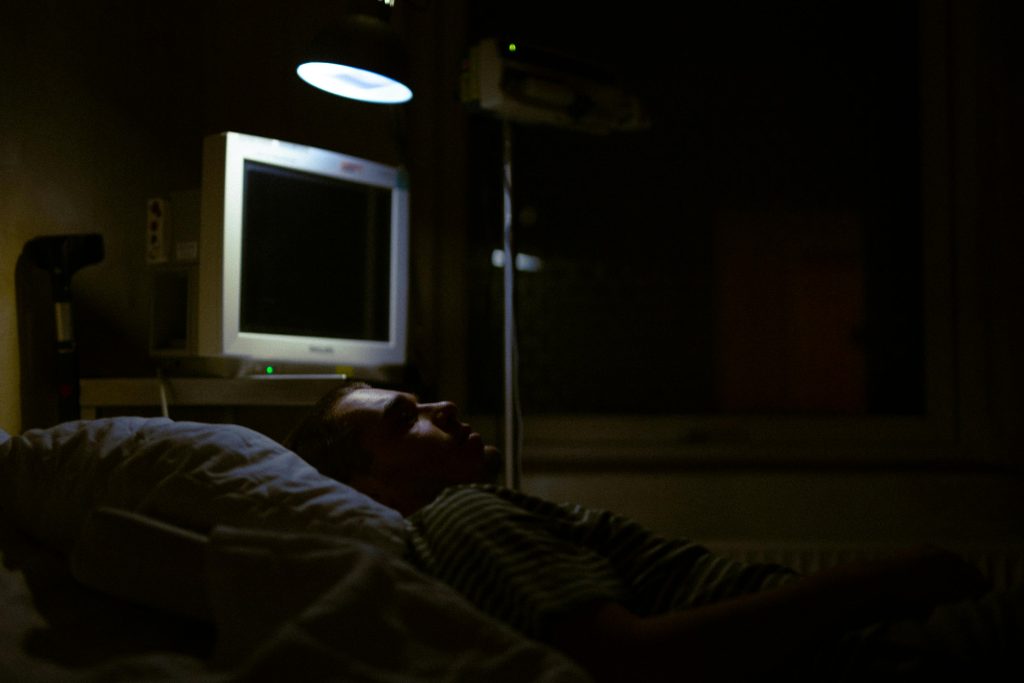Understanding RGB Component Failures Following Power Supply Replacement: A Case Study
Introduction
Upgrading or replacing a power supply unit (PSU) is a common maintenance task for PC enthusiasts and professionals alike. However, such upgrades can sometimes lead to unforeseen hardware issues, particularly with connected peripherals and lighting components. This article examines a real-world scenario where an RGB case fan and RGB hub experienced failure following a PSU upgrade, explores potential causes, and offers guidance on troubleshooting and assessing system integrity after such events.
Case Study Overview
A user recently replaced their existing EVGA 700W PSU with an MSI 850W PSU. The swap was straightforward, leveraging previous experience with cable management. Upon powering on the system to verify successful startup, an unusual static noise and a burning smell were detected. Immediate shutdown and disconnecting the power supply prevented further damage.
Initial Inspection and Findings
Visual inspection revealed no obvious damage or melting marks on the RGB case fan or the RGB hub mounted on the back of the case. Despite the absence of visible damage, the components emitted a distinct burnt odor, indicating component failure. Notably:
- The connector pins linking the burnt fan to the RGB hub appeared intact on both ends.
- The PSU SATA power pins supplying the RGB hub showed no signs of damage or burning odor.
Post-incident System Status
Following the removal of the damaged components, the system was powered on again. Essential components—CPU cooler, remaining case fans, and RAM RGB lighting—started without issue. The system successfully booted into the operating system, and subsequent testing confirmed normal operation under typical workloads, with temperatures and resource usages within expected ranges.
Assessment and Recommendations
While the system demonstrated functionality after the incident, the failure of the RGB components raises questions about the system’s stability and the potential for residual damage. Here are some recommendations:
-
Thorough Inspection: Although no visual damage was detected, consider using a magnifying glass or professional inspection methods (e.g., thermal imaging) to identify subtle damage.
-
Replace Damaged Components: The burnt RGB fan and hub should be replaced to ensure reliable operation and prevent future failures.
-
Check Power Connections: Confirm that all power cables, especially those supplying RGB components, are properly connected and rated for their loads.
-
Monitor System Stability: Continue observing system temperatures, temperatures, and power drain, especially after replacing the damaged parts, to detect any anomalies.
-
Utilize Monitoring Tools: Employ hardware monitoring software to keep an
Share this content:



